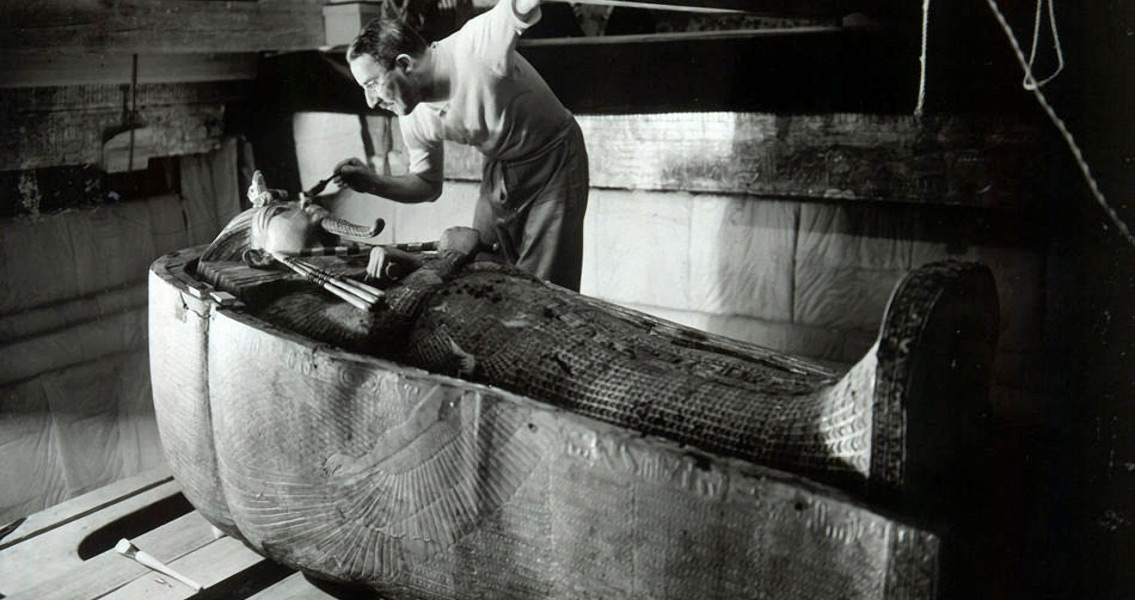<![CDATA[Ninety-three years to the day since the discovery of King Tutankhamun’s tomb, Egypt’s Minister of Antiquity announced that a new investigation into the possibility of hidden chambers will begin the week of November 4th. It was on November 4th, 1922, that British archaeologist Howard Carter discovered the entrance to the tomb of King Tutankhamun in the Valley of the Kings. And while Carter was known for his meticulous research methods, he could never have imagined the technological tools used to uncover this newest mystery. The new investigation is the result of claims made by an archaeologist at the University of Arizona, Nicholas Reeves. He published his findings earlier this year, claiming that new images of the tomb taken with high-resolution technology reveal evidence of two hidden doors, plastered over and hidden by paint. Doors which could conceivably lead to unexplored chambers hidden behind the west and north walls of the tomb. Reeves speculates that the tomb for King Tut was unfinished when he died unexpectedly in 1323 BCE., at the age of 19. Consequently, he was quickly buried in Queen Nefertiti’s tomb. Nefertiti, Akhenaten’s principal wife, had died 10 years previously (Akhenaten is believed to be Tutankhamun's father, with another wife). Reeves concludes that Nefertiti’s tomb is behind one of the doors. Furthermore, he contends that additional study has convinced him that the most famous artifact from King Tut’s tomb, his golden funerary mask, appears to have been altered and may have been repurposed from another ruler's burial goods for King Tut's. He’s also speculated that approximately 80% of the burial equipment present in the tomb had been fashioned for a woman and not for the boy king. Reeves believes the woman was Nefertiti. He contends that Nefertiti ruled as pharaoh, using the name Smenkhkare. A mysterious figure in Egyptian history, Smenkhkare has long been the subject of much debate between Egyptologists. Many other archaeologists have many different theories. This period of Egyptian history is one of the most fascinating, and with extreme theories and views one of the most controversial. But one thing everyone agrees on is that anything or nothing could be behind those hidden doors. In September of this year, further examination of King Tut’s tomb revealed several features which at a minimum seemed to confirm Reeves' claim of hidden doors. Contrasting materials used to cover different parts of the same wall for instance. This current investigation, conducted by a team of researchers and archaeologists from Cairo University, will use infrared thermography to look for more clues as to what, if anything, lies behind the hidden doorways. Depending on the findings of this week’s investigation, the Antiquities Ministry will make the decision as to what, if any, further actions to take. One of the first challenges, and certainly not the last, will be the priceless wall painting which covers one of the supposed doors. ]]>
The Mystery Behind the Doors in Tutankhamun's Tomb
